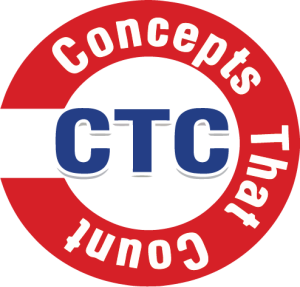
Programing Service
With the advent of Internet technology, people are beginning to connect more and more closely. So far, the connection is only superficial. You can send emails and instant messages to your family, and share files over the Internet. Some features such as free internet telephony, text translation, price comparison, internet flea market (auction), etc. are neatly packaged on a web page. While these services are convenient in their own right, the Internet is still a stovepipe. It is very difficult to connect these services and do more powerful things. For example, it may be useful for service to call a mobile phone when an auction or retail store finds a product that meets price constraints. It is very difficult to use Internet services in a way that the original author did not intend. This is usually due to a poorly defined interface or a lack of documentation for the interface. The power of networking is fully realized when services can be used to create new, more powerful structures. To understand service-oriented programming, you need to understand some of the earlier paradigms, such as object-oriented programming (OOP), client-server, and component models. OOP is based on the premise that programming problems can be modeled in terms of objects in the problem domain. Object-oriented programming has certain properties such as inheritance, encapsulation, and polymorphism. Service-oriented programming is built on OOP, adding the assumption that the problem can be modeled in terms of the service the object provides or uses.

